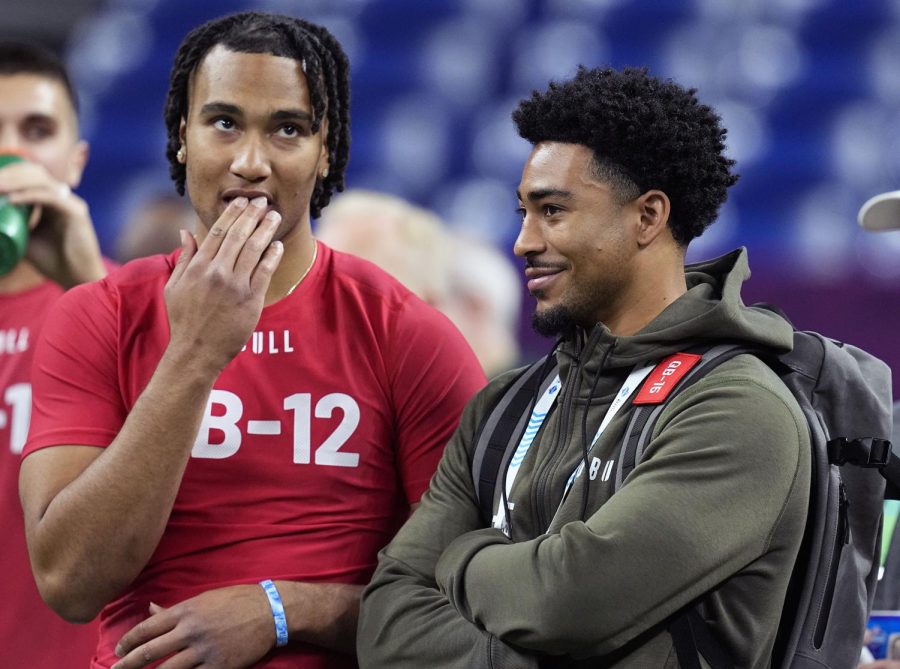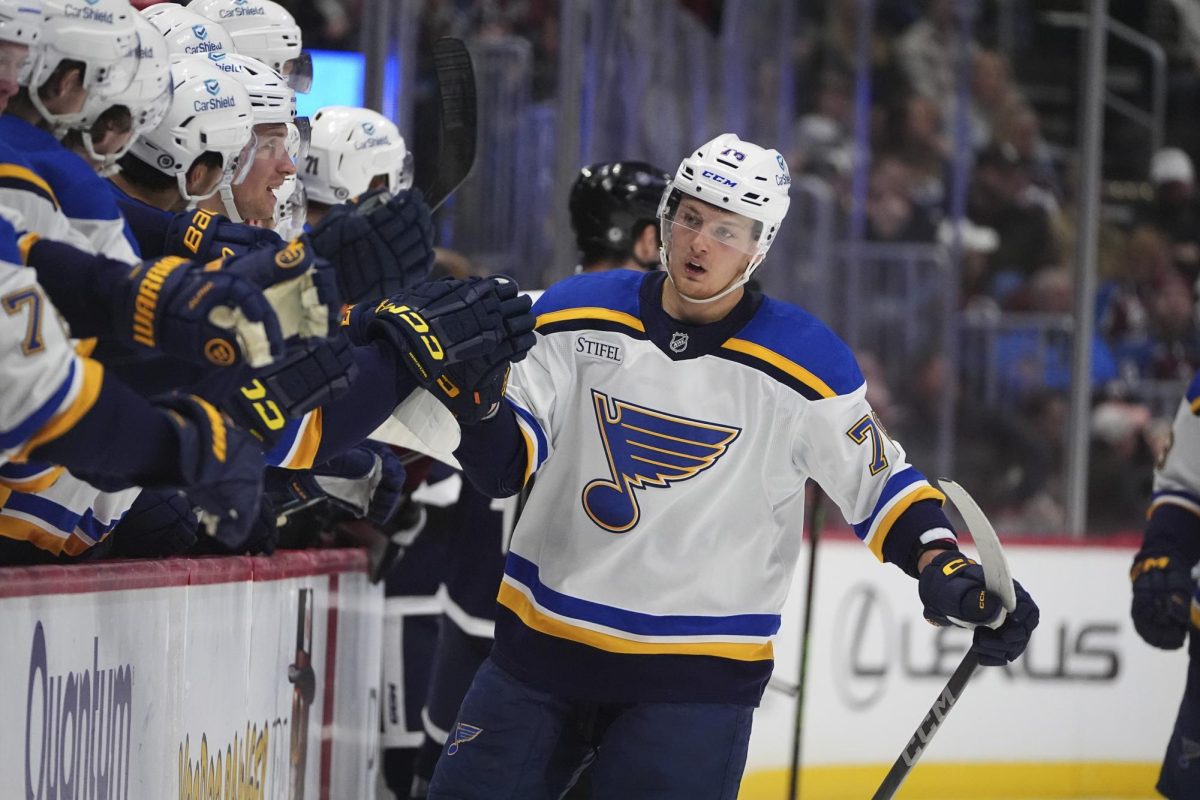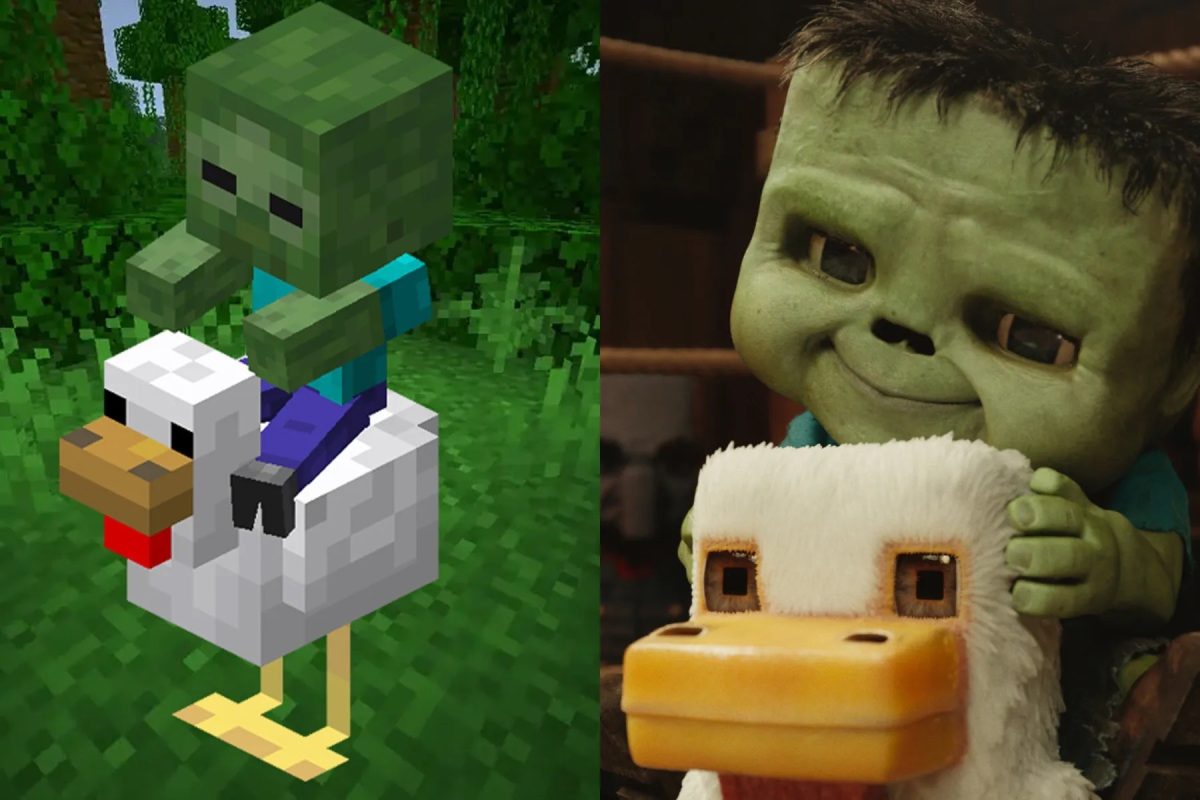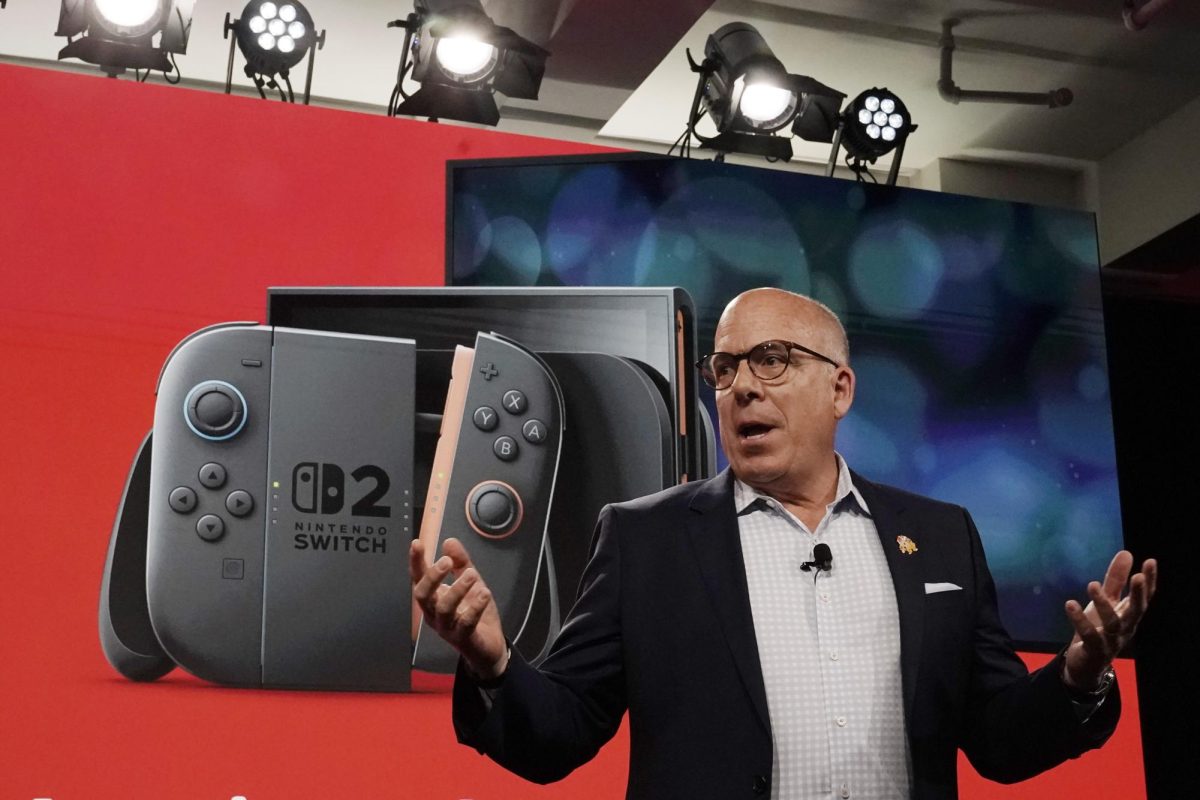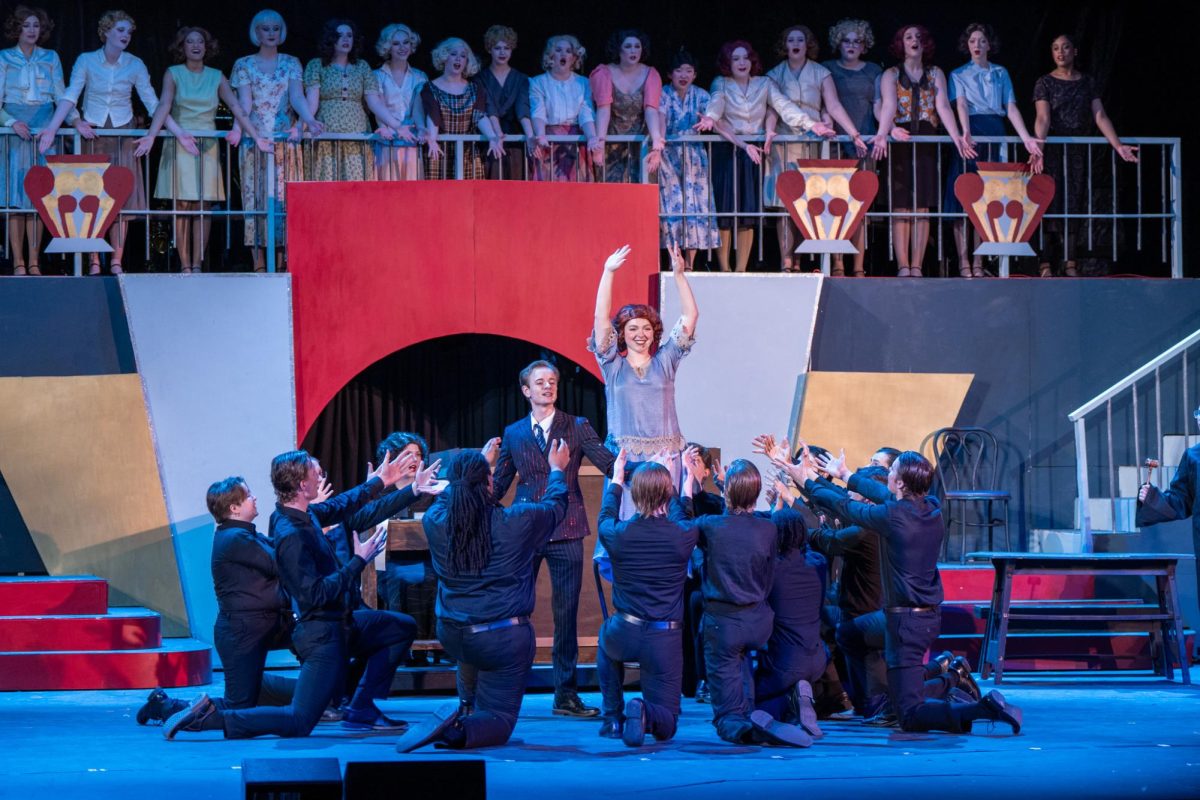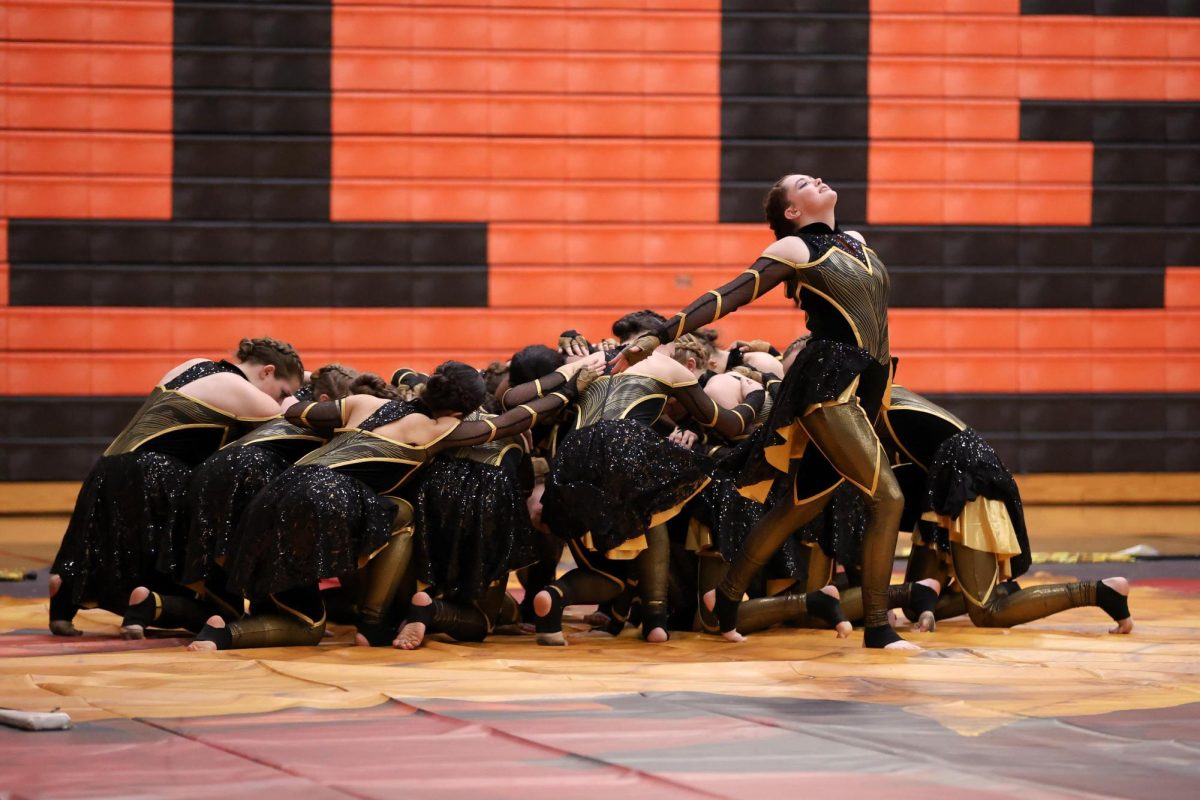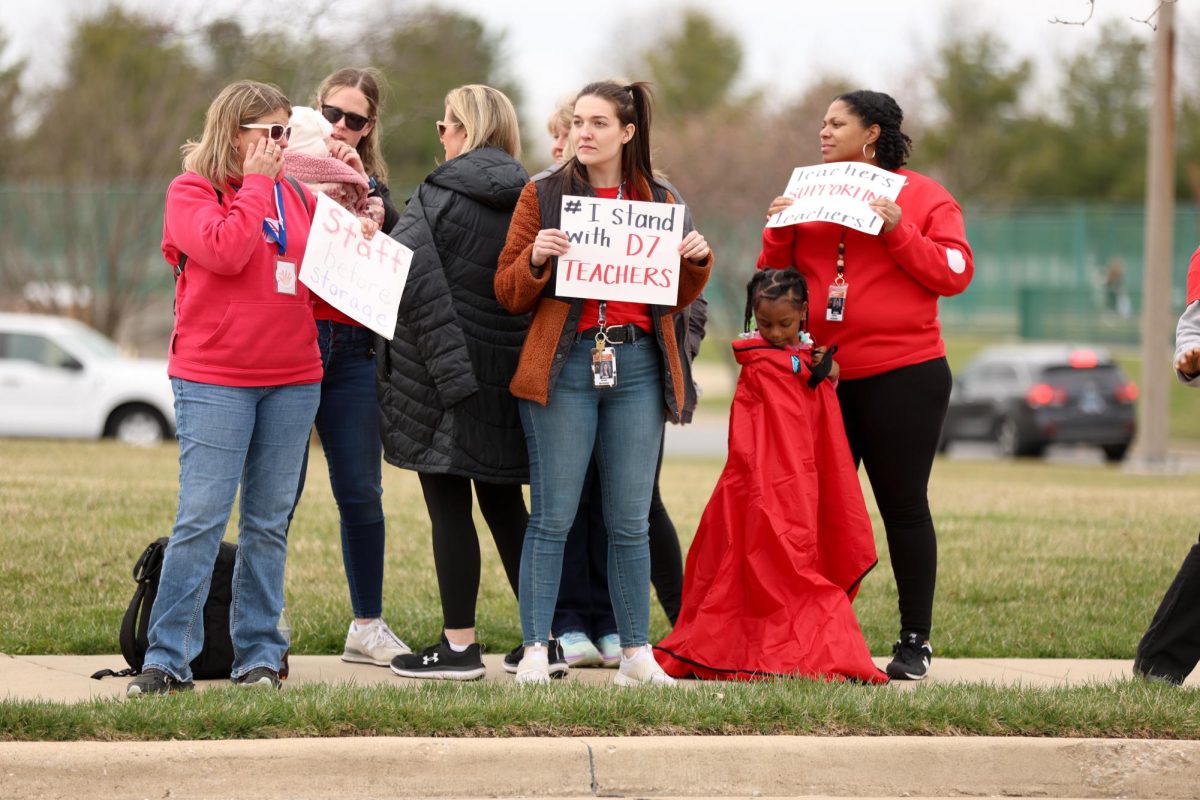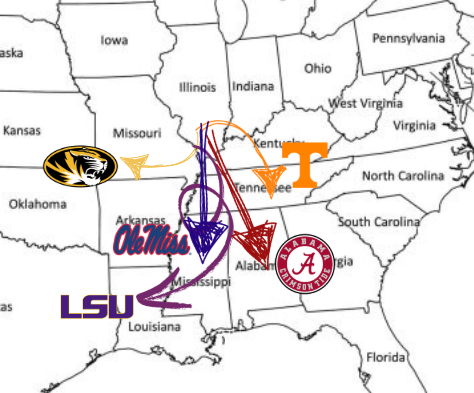Boom or Bust? The Yearly Quarterback Conflict
April 21, 2023
Twenty-five years ago, every conversation surrounding the NFL was a debate over two young quarterback prospects. Washington State’s Ryan Leaf and Tennessee’s Peyton Manning were on a crash course to the first overall pick in the 1998 Draft.
In a decision that the Indianapolis Colts felt like had no wrong answer, the team selected Peyton Manning first overall, with Leaf subsequently going second overall to the San Diego Chargers.
Peyton Manning retired with over 70,000 yards, two super bowls and a hall of fame gold jacket. Ryan Leaf retired with under 4,000 yards, two felonies and an orange jumpsuit.
Since then, every draft has been headlined by the signal callers that are taken in the first round. The decision is make-or-break, and the difference between making your team a contender, or a laughingstock.
This year’s race is three-legged, featuring Ohio State’s CJ Stroud, Florida’s Anthony Richardson, and Alabama’s Bryce Young. The Carolina Panthers hold the weight of choosing a franchise quarterback.
With Carolina failing to develop a successful dual-threat quarterback since their 2011 draft pick Cam Newton, they have the option between three versatile quarterbacks.
Young is the most accomplished quarterback in the class, with two national championship appearances and a Heisman trophy to his name. The biggest criticism of Young’s game is his size, as he would be the shortest quarterback in the league once he makes his debut. Despite his stature, Young is a student of the game who dominated the SEC for two years.
While Young certainly has the skill set to be great, he’s a better fit for the Houston Texans who hold the second overall pick. Being a part of Houston’s rebuild means Young does not have to feel the pressure of instant success, allowing him to develop as a player along with his team.
Richardson is a raw prospect. The former Florida Gator exudes a level of athleticism that’s rare at his position, which was evident by his combine performance where he had the highest vertical by a quarterback in combine history. Richardson’s decision-making is his biggest flaw. He has the most turnovers of any quarterback in this draft class and often fails to follow his reads efficiently.
There is a wrong answer when selecting the future of your franchise. Right now, Richardson is more of a project than an instant Pro-Bowler. The first pick is a guaranteed star, and there’s too many questions surrounding Richardson to give him the keys to a team.
His ability should reside in Indianapolis, going to the Colts with the fourth overall pick. Indianapolis has a history of large quarterbacks like Manning and Andrew Luck leading them to victory. While Richardson is nowhere near as accurate as them, it’s hard to pass up a 6-foot, 230-pound quarterback.
That leaves Ohio State’s Stroud, who doesn’t have a clear flaw to his game. 85 touchdowns to only 12 interceptions during his college career speaks for itself. Stroud has proven his ability to lead a team and succeed in crunch time on multiple occasions, as Ohio State has only lost four games in his two years as a starter.
Stroud should be a lock to becoming a Panther, but Carolina’s front office can give any of these young men a lead role. Regardless of the team’s choice, the college stars will be associated with each other for the rest of their careers. The pattern that started with the 1998 Draft links players in the same draft class who play the same position. It’s bad enough being the biggest draft bust in history, but it’s worse being constantly compared to one of the greatest players to play in the league.
Going first doesn’t make you Manning and going second doesn’t make you Leaf. All three will have the support of the franchise, city and fans behind them. The pressure lies in taking advantage of the support, instead of fizzling out.


